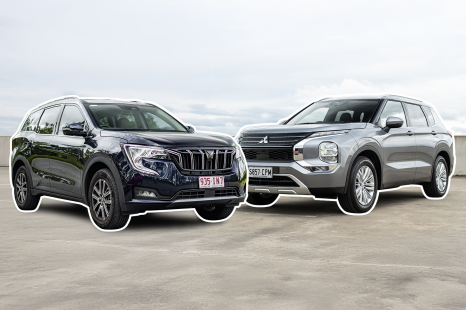

Andrew Maclean
3 Days Ago
Kia has laid out its plan for carbon neutrality by 2045 alongside a preview of its EV9 electric large SUV concept.

Contributor
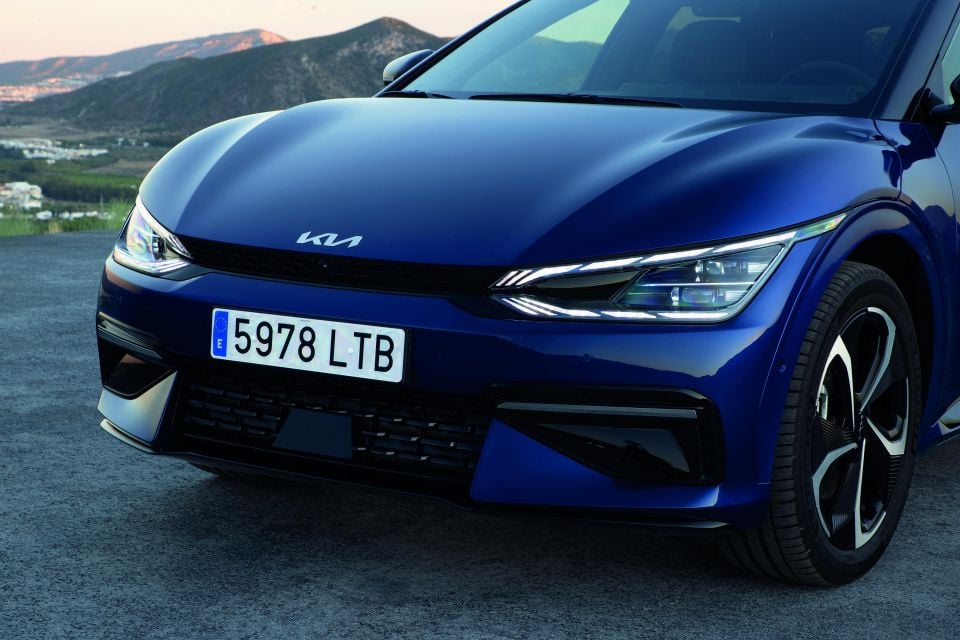

Contributor
Kia has laid out its plans for the future, as the company aims for carbon neutrality by 2045.
Built upon three main pillars – ‘Sustainable Mobility’, ‘Sustainable Planet’ and ‘Sustainable Energy’ – the company aims to reduce its 2019 carbon emissions by 97 per cent by 2045.
A major point of this plan is Kia’s aim to fully electrify its vehicle line-up in Europe by 2035.
It also aims for its line-up in “key markets” around the world to exclusively consist of electrified models by 2040.
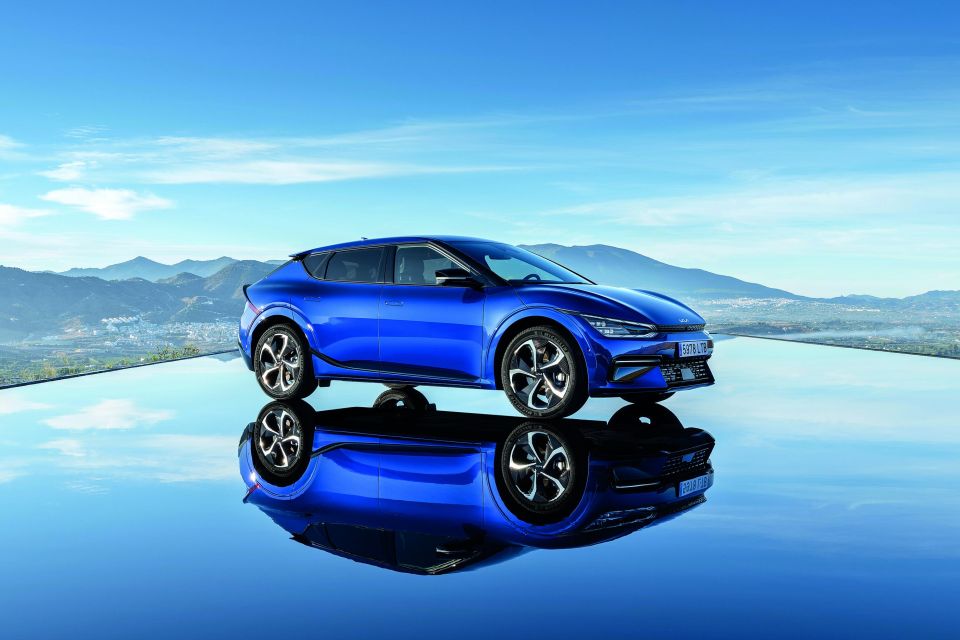
Kia’s current plan is to release seven all-electric models by 2027, with the company aiming for 25 per cent of its sales volume to come from electrified vehicles by 2029.
It also aims to sell 1.6 million electric cars annually by 2030.
According to Kia, daily driving is currently the company’s largest portion of carbon emissions, so reducing the carbon emissions from this to zero is instrumental in its plan for carbon neutrality by 2045.
Kia is also working on reducing carbon emissions in its supply chain, aiming to create a carbon emissions monitoring system for its partner companies by 2022.
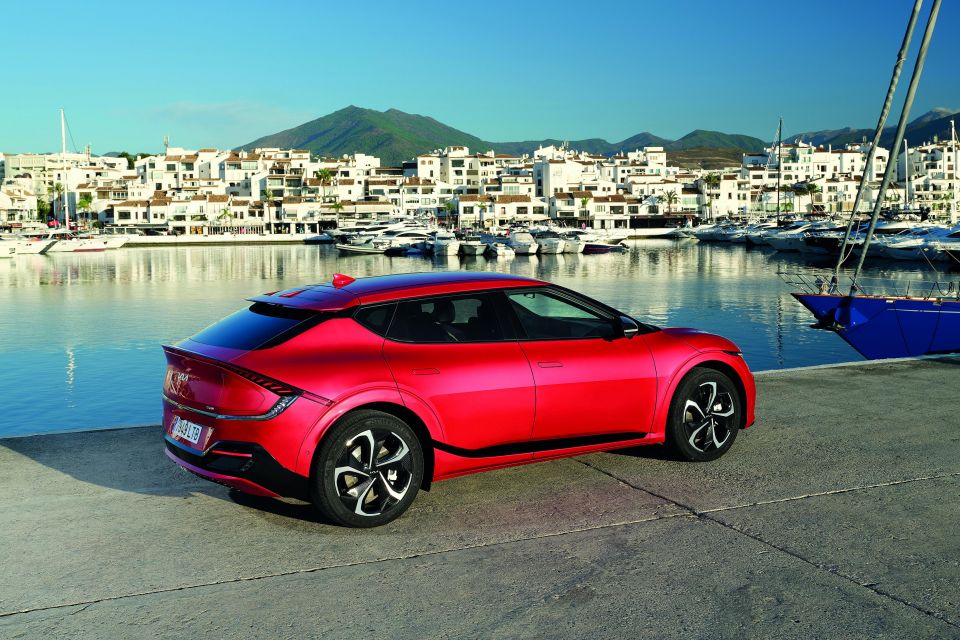
A key element of reducing carbon emissions at this stage according to Kia is the use of ‘green steel’, produced in a more eco-friendly way where the use of fossil fuels is minimised.
It also aims to offset its carbon emissions by initiating a ‘blue carbon’ project, where carbon is absorbed and stored in seaweed and mudflats rather than in the atmosphere.
Part of this process will involve Kia collaborating with external partners to restore and preserve Korea’s coastal wetlands.
Another part of the carbon neutral plan is for Kia to increase its percentage of plastic re-use by 20 per cent by 2030.

In order to achieve this, it plans to implement plastic recycling processes during the vehicle disposal stage.
Part of Kia’s 2045 carbon neutral pledge is to transition all its production sites to renewable energy.
For Kia’s overseas production plants, all electricity will be sourced from renewable sources by 2030, with South Korean business sites transitioning by 2040.
According to the company, its Slovakia production facility has already turned to 100 per cent green energy in electricity generation.
It will also transition all company fleet vehicles to electrified vehicles by 2030.
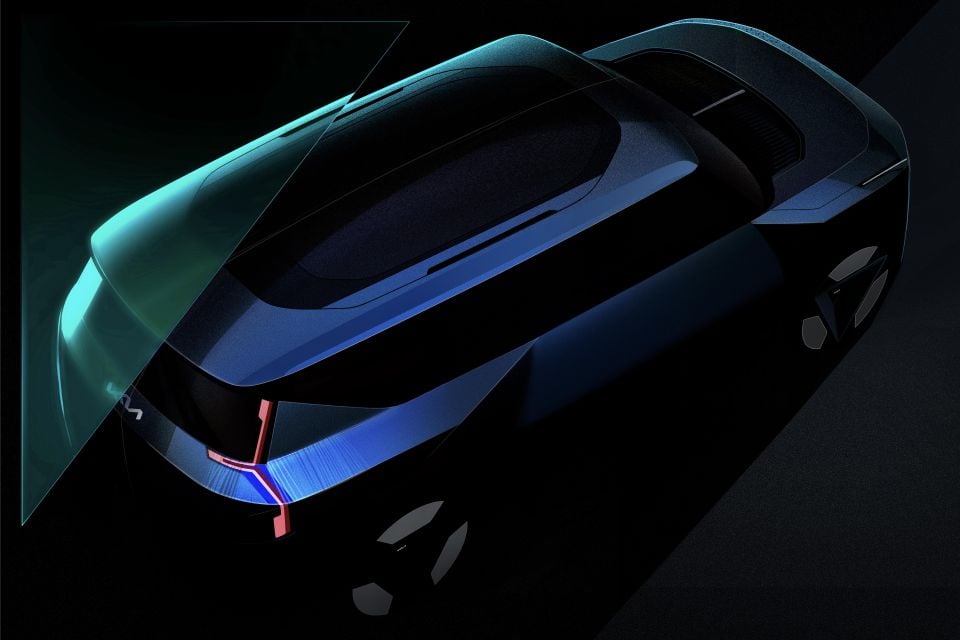
Additionally, Kia is planning to conduct pilot projects on second-life battery energy storage systems with external partners from 2022.
It’s not alone in doing this, with Nissan recently showing off a railway crossing that’s powered in emergencies by used Nissan Leaf EV batteries.
It also announced in 2018 that it has installed a three-megawatt energy storage system using an equivalent of 148 Nissan Leaf batteries at the Johan Cruijff Arena in Amsterdam.
At the time it was the largest European energy storage system using used and new EV batteries in a commercial building, according to Nissan.
If Kia’s 2045 carbon neutrality goal sounds familiar, it’s because its sibling automaker Hyundai announced a carbon neutral pledge by the same date.
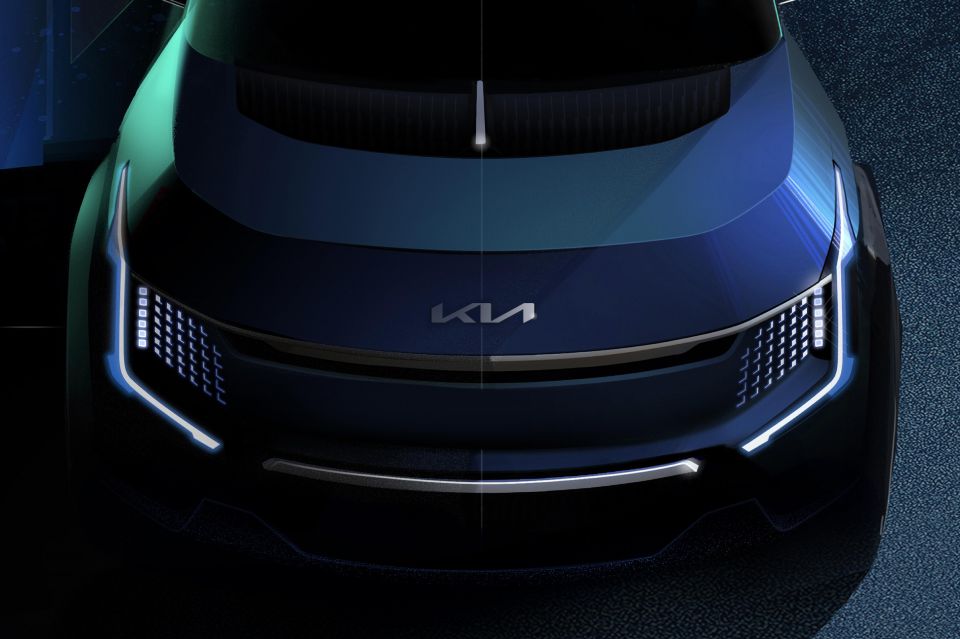
In addition to announcing its sustainability plans, Kia previewed the EV9 electric SUV concept ahead of its reveal at AutoMobility LA next week.
A large SUV expected to be similar in size to the Hyundai Palisade and Kia Telluride, the EV9 is expected to share the E-GMP electric platform and features with the upcoming Hyundai Ioniq 7, also known as SEVEN in concept form.
The Ioniq 7 is set to launch in 2024, whereas Kia hasn’t set an official date yet for when the EV9 will be available for purchase.
In Australia, Kia currently sells only one electric vehicle: the Niro EV. It’ll be joined by the E-GMP-based EV6 mid-sized SUV, due in the first half of 2022.
A sportier EV6 GT variant with 430kW of power will launch after the regular EV6 and is currently speculated to arrive in late 2022 or early 2023.
Take advantage of Australia's BIGGEST new car website to find a great deal on a Kia.
Jack Quick is an automotive journalist based in Melbourne. Jack studied journalism and photography at Deakin University in Burwood, and previously represented the university in dance nationally. In his spare time, he loves to pump Charli XCX and play a bit of Grand Theft Auto. He’s also the proud owner of a blue, manual 2020 Suzuki Jimny.


Andrew Maclean
3 Days Ago


Max Davies
3 Days Ago
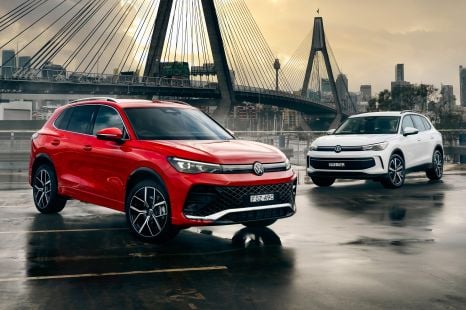

Max Davies
2 Days Ago


Josh Nevett
2 Days Ago
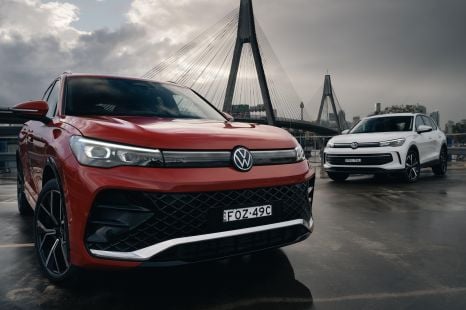

Max Davies
2 Days Ago
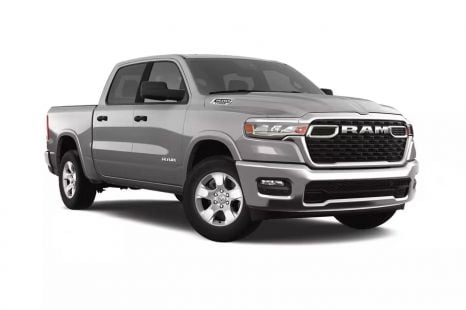

Marton Pettendy
2 Days Ago